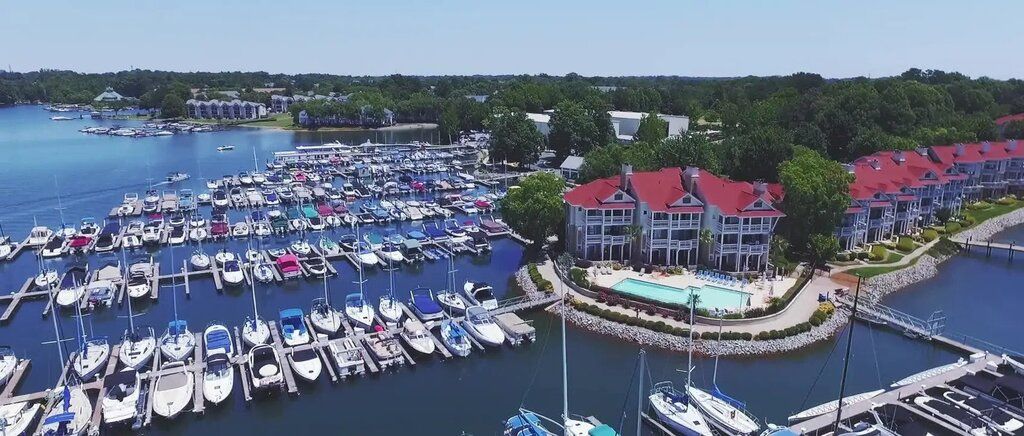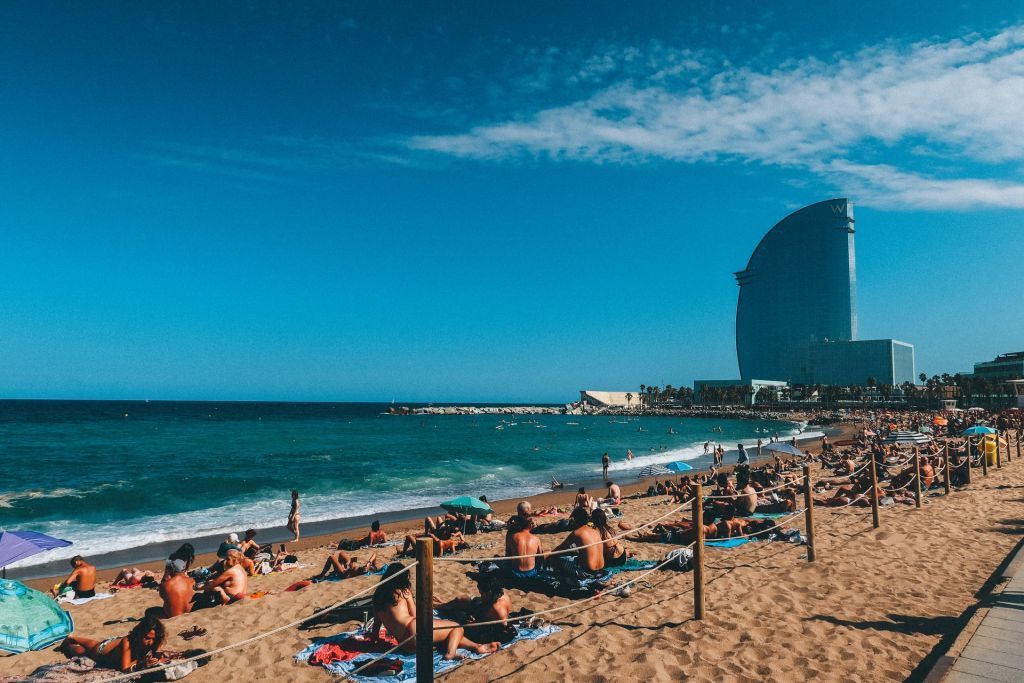The $551 million expansion of the Moscone Center in San Francisco completes in the first days of 2019.
More than 1,000 people including San Francisco Mayor London Breed, City officials, tourism industry leaders and neighborhood stakeholders attended the opening ceremony and toured the expanded North and South buildings.
“With the completion of the Moscone Center expansion, San Francisco is taking a major step to support and expand our tourism industry, while also serving residents in the surrounding area,” said Mayor Breed. “This state of the art facility exemplifies our commitment to sustainability, creates new flexible-use convention and tourism spaces, and supports the neighborhood with a host of new design and open-space improvements.”
“It is important that San Francisco stay competitive with expanded and upgraded convention facilities. This project has achieved that,” said Joe D’Alessandro, president and CEO of the San Francisco Travel Association.
“Our two main goals have been to create contiguous space and flexibility for the Moscone Center. Now we have a brand-new center with state-of-the-art everything,” he added.
The construction, which was completed in phases over four years, added 157,000 sq. ft. of usable space but the benefits are much greater than that figure. The Moscone Center now offers 504,914 sq. ft. of contiguous space (before expansion, the largest contiguous space was 260,000 sq. ft.) and has a new 49,776 sq. ft. column-free ballroom.
Other additions include 107,000 sq. ft. of light-filled pre-function lobbies with dramatic views of the city and surrounding Yerba Buena Gardens and 25,000 sq. ft. of secure outdoor terraces with spectacular views; ideal for receptions.
Moscone North and South now offer 82 meeting rooms, bringing the total for all three Moscone Center buildings (North, South and West) to, 114 flexible meeting rooms. The Moscone Center now has a total of 1,139,775 sq. ft. of usable space in Moscone South, North and West combined, including lobbies, terraces, exposition and meeting space.
San Francisco requires that budgets for new public buildings and civic improvements set aside two percent of gross construction costs for the procurement and installation of public art in their spaces. At the Moscone Center, this has resulted in four new art installations. This includes “PointCloud,” the latest light installation by Leo Villareal, designer of “The Bay Lights” on the Bay Bridge, has been incorporated into the new East Bridge, which connects Moscone North and South.
The expansion also includes relocation of the San Francisco Visitor Information Center staffed by San Francisco Travel, which will open to attendees and all visitors on the street level of Moscone South on Jan. 10, 2019. It was previously located on the lower level of Hallidie Plaza, near the Powell St. BART/Muni station. San Francisco Travel also operates a Visitor Information Center at Macy’s Union Square and is a partner at the California Welcome Center at PIER 39.
Designed to achieve LEED Platinum status, the Moscone Center expansion has many innovations in sustainability:
- Lowest carbon emissions per delegate of any major convention center in North America.
- Largest solar panel array in San Francisco.
- One of the largest publicly-owned solar power systems in the nation.
- Solar energy will provide the center with approximately 20 percent of its power.
- 15 million gallons of water recovered annually for reuse in landscaping and street cleaning.
- Facility-wide recycling and composting.
Tourism is San Francisco’s largest industry. San Francisco Travel is forecasting record levels of visitor volume and spending for 2018. This is the ninth year in a row that the destination has surpassed the previous year’s totals.
The destination marketing organization is projecting a total of 26.1 million visitors to the city for 2018, up 2.4 percent over 25.5 million in 2017. Total spending by visitors is projected to reach $9.4 billion. This is up 3.6 percent over $9.1 billion in 2017.
The Moscone Center expansion is a partnership between the City and County of San Francisco and the San Francisco Tourism Improvement District Management Corporation.
Photo Credit:













